Optimal Timing for Storm Restorations
Storm restorations are most effective when performed during periods of calm weather, allowing for thorough inspections and repairs. Conducting restoration work in the aftermath of storms ensures damage is addressed promptly, minimizing further issues.
Immediately after a storm, inspections identify damage that may not be visible at first glance, enabling timely repairs.
Performing restorations during calmer months can reduce costs and scheduling conflicts, ensuring quality work.
Avoiding work during stormy or rainy conditions prevents delays and ensures safety during restoration activities.
Pre-storm preparations can mitigate damage, making subsequent restorations more straightforward.

Assessing damage immediately after storms is crucial for effective restoration.
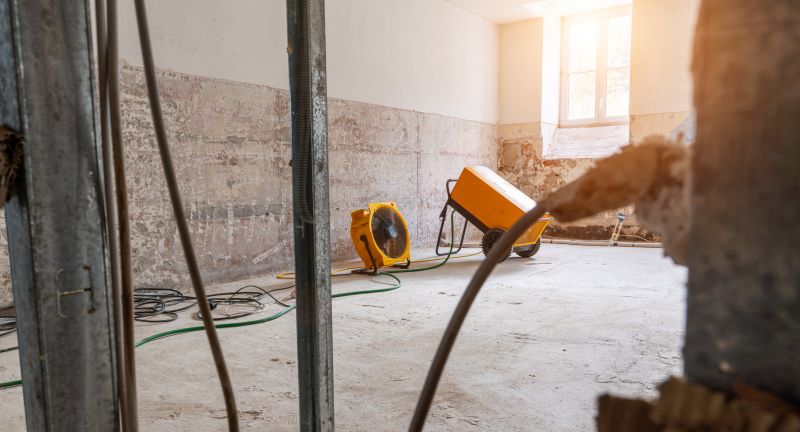
Using proper equipment during calm weather ensures efficient repairs.
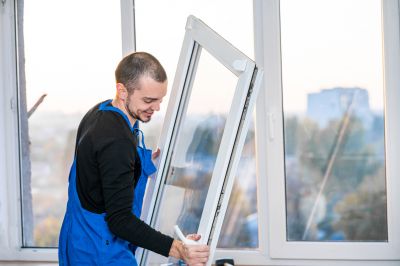
Restoration teams operate best during clear weather conditions.
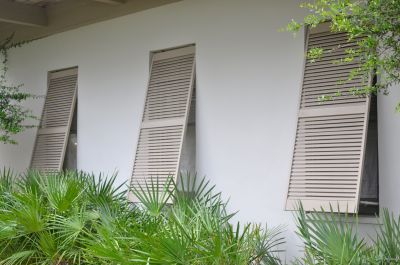
Ways to make Storm Restorations work in tight or awkward layouts.

Popular materials for Storm Restorations and why they hold up over time.

Simple add-ons that improve Storm Restorations without blowing the budget.
| Season | Best Restoration Period |
|---|---|
| Spring | Ideal for planning and pre-storm preparations. |
| Summer | Peak storm season; restoration occurs post-storm. |
| Fall | Good for off-season restorations and inspections. |
| Winter | Less active storm period; suitable for scheduled repairs. |
Storm restorations involve repairing damage caused by severe weather events such as hurricanes, heavy winds, and hail. These damages can compromise the integrity of structures, leading to leaks, structural weakness, and aesthetic issues. Timely restoration is essential to prevent further deterioration and ensure safety.
Statistics show that addressing storm damage promptly reduces long-term repair costs and minimizes disruption. Proper restoration techniques restore the durability and appearance of affected structures, helping to withstand future weather events.
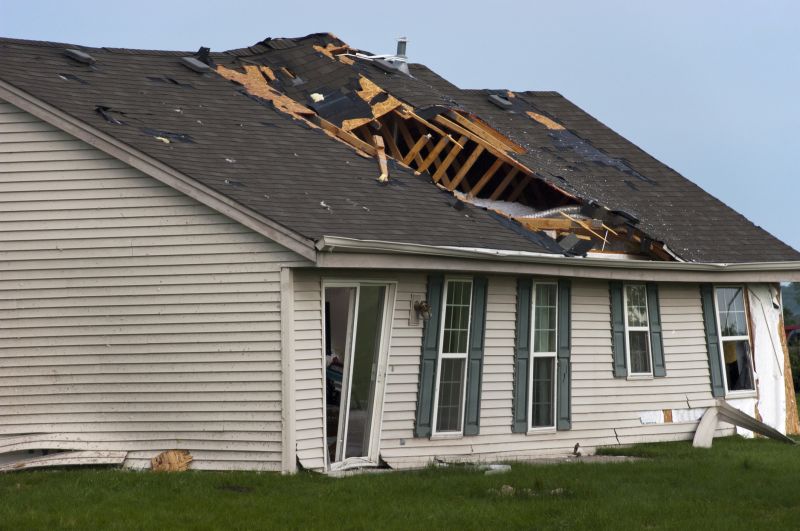
Restoring roofs and siding after storms is vital for structural integrity.
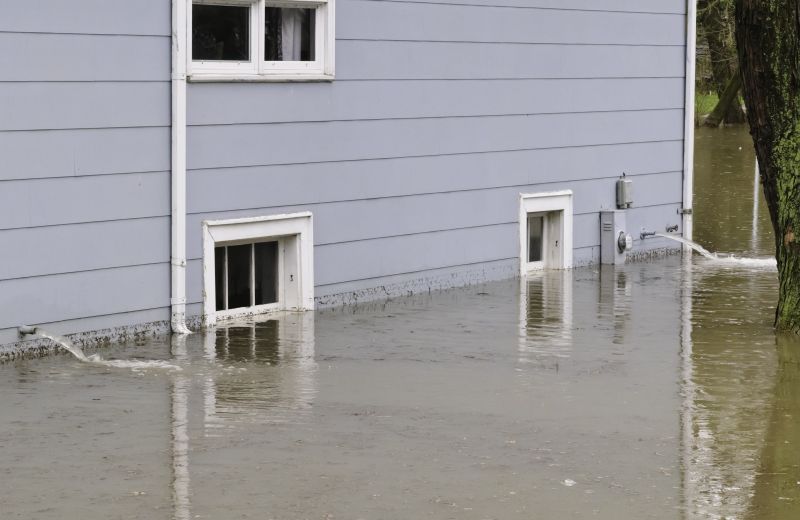
Rapid response teams assess and begin repairs quickly.
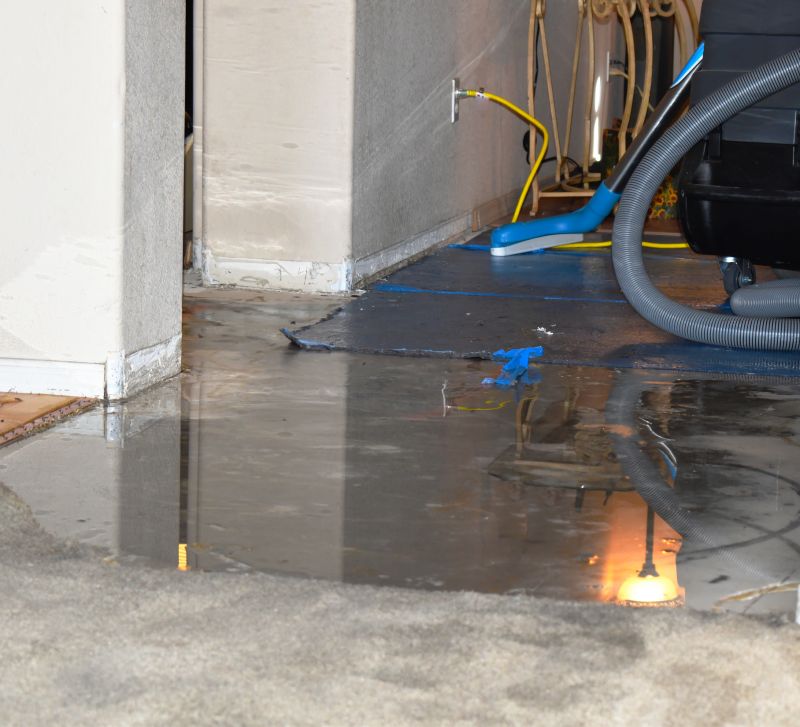
Advanced tools ensure efficient damage repair.
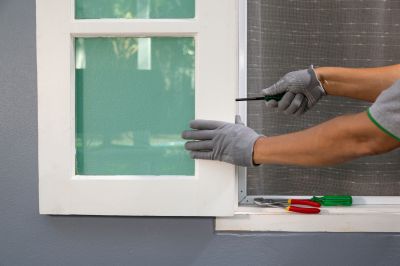
Final touches restore safety and appearance.

High-end options that actually feel worth it for Storm Restorations.
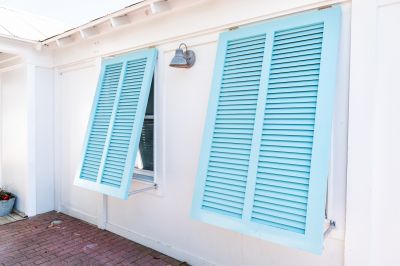
Finishes and colors that play nicely with Storm Restorations.
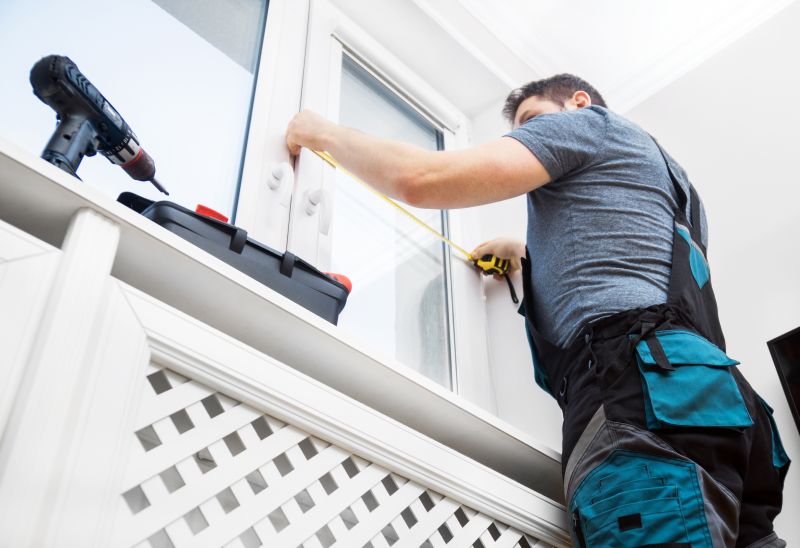
Little measurements that prevent headaches on Storm Restorations day.
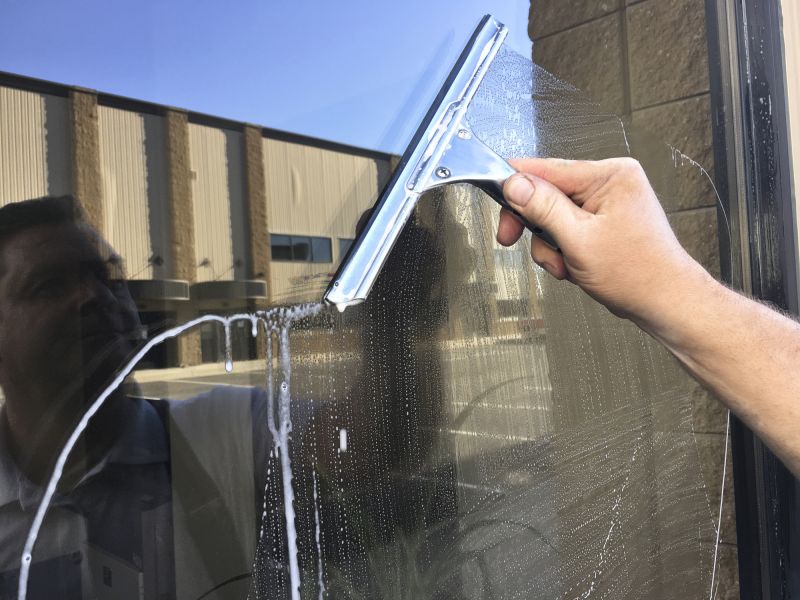
A 60-second routine that keeps Storm Restorations looking new.
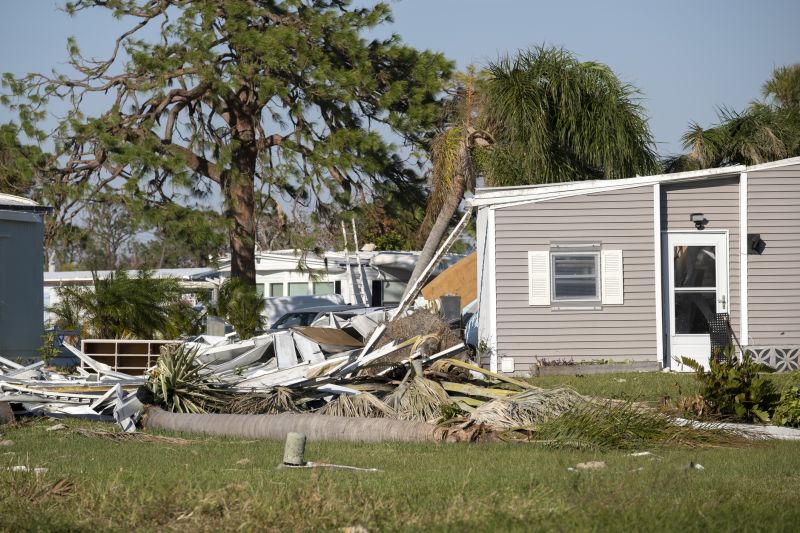
A frequent mistake in Storm Restorations and how to dodge it.
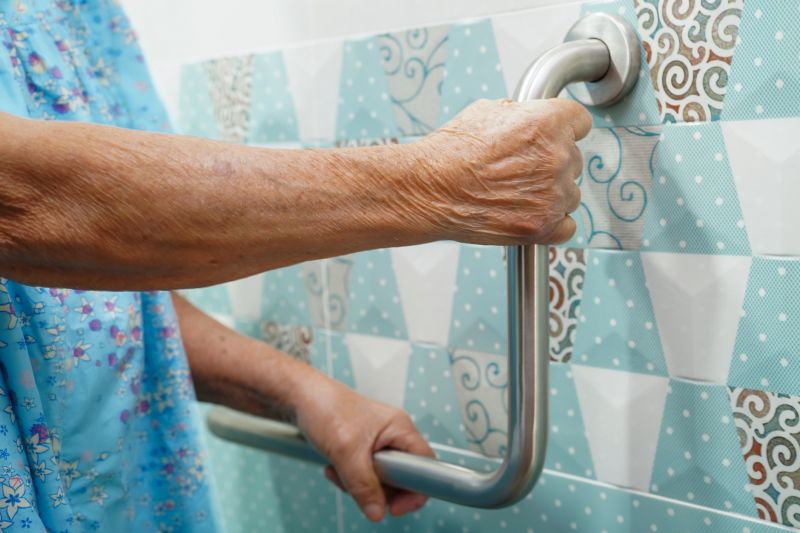
Small tweaks to make Storm Restorations safer and easier to use.

Lower-waste or water-saving choices for Storm Restorations.
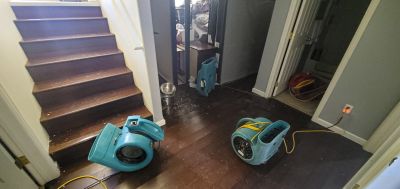
The short, realistic tool list for quality Storm Restorations.
Interested in storm restorations? Filling out the contact form can provide more information and help schedule assessments or repairs tailored to specific needs.
